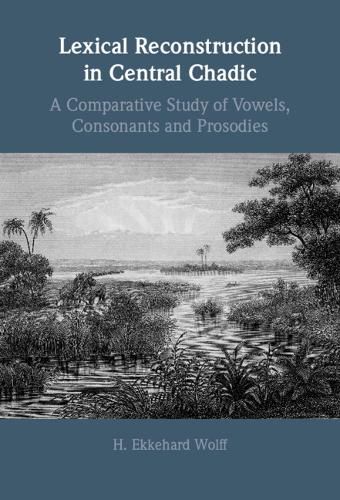Readings Newsletter
Become a Readings Member to make your shopping experience even easier.
Sign in or sign up for free!
You’re not far away from qualifying for FREE standard shipping within Australia
You’ve qualified for FREE standard shipping within Australia
The cart is loading…






Due to a long history of contact, the Chadic languages are the internally most diverse of the Afroasiatic language families, especially in terms of their sound systems. In this ground-breaking study, the author draws on his extensive research experience to unpack the morpho-phonological principles that underpin the languages' diverse prosody effects, arguing that massive variation results from diachronic processes called 'prosodification' of segmental units. The study compares data from 66 of the 79 known languages from the Central branch of the Chadic language family, most of them unwritten and under-researched. It traces language changes for 228 lexical items that can be reconstructed from the proto-language's basic vocabulary, unearthing typological features that link Central Chadic to its deep Afroasiatic heritage. It is accompanied by a set of online appendixes, providing the full analytical apparatus of all lexical reconstructions, with explicit identification of each of the diachronic sound changes and processes involved.
$9.00 standard shipping within Australia
FREE standard shipping within Australia for orders over $100.00
Express & International shipping calculated at checkout
Due to a long history of contact, the Chadic languages are the internally most diverse of the Afroasiatic language families, especially in terms of their sound systems. In this ground-breaking study, the author draws on his extensive research experience to unpack the morpho-phonological principles that underpin the languages' diverse prosody effects, arguing that massive variation results from diachronic processes called 'prosodification' of segmental units. The study compares data from 66 of the 79 known languages from the Central branch of the Chadic language family, most of them unwritten and under-researched. It traces language changes for 228 lexical items that can be reconstructed from the proto-language's basic vocabulary, unearthing typological features that link Central Chadic to its deep Afroasiatic heritage. It is accompanied by a set of online appendixes, providing the full analytical apparatus of all lexical reconstructions, with explicit identification of each of the diachronic sound changes and processes involved.